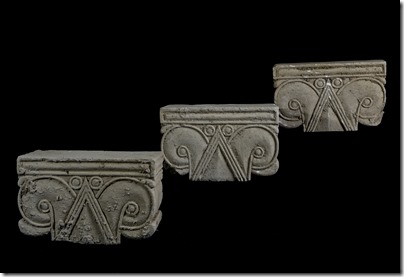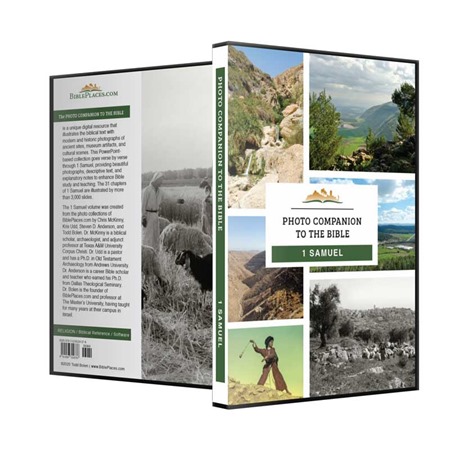A Canaanite city and palace at Tel Kabri were apparently destroyed by an earthquake circa 1700 BC. The underlying journal article is here.
Archaeologists have discovered a winepress south of Sidon in Lebanon that dates to the 7th century BC, making it the oldest known Phoenician winepress. The underlying journal article is here.
An inkwell from the 1st century AD was discovered during excavations at Khirbet Brakhot in Gush Etzion.
“An experiment with unglazed clay pots hinted at how much archaeologists can learn about ancient cultures from cooking vessels.”
A PhD student at Tel Aviv University is developing a new method of dating ancient mudbrick walls by analyzing one of its components: human and animal waste.
Elon Gilad and Ruth Schuster look at the development of Hellenistic Judaism in Israel, including seven synagogues with mosaics depicting the Zodiac.
Lutz Martin shares the interesting story of Max von Oppenheim, a German Jew who ended up excavating Tell Halaf in Syria and then founding a private museum which the Allies destroyed in a bombing raid. Fortunately, that is not the end of the story.
National Geographic runs a story on the discovery of Petra by Johann Ludwig Burckhardt.
Ferrell Jenkins shares a photo of the arch of Domitian at Hierapolis.
New from Eisenbrauns: Ramat Raḥel IV: The Renewed Excavations by the Tel Aviv–Heidelberg Expedition (2005–2010): Stratigraphy and Architecture, by Oded Lipschits, Manfred Oeming, and Yuval Gadot. Use code NR20 for 30% off.
Applications for fellowships at the Albright Institute in Jerusalem are now being accepted.
The next Zoom virtual lecture for the Anglo Israel Archaeological Society will be by Yana Tchekhanovets on 1st October. Her topic is The Holy City: Fourth-Century Jerusalem in the Light of the New Archaeological Data. To register email [email protected].
Steve Notley will be speaking about his excavations at el-Araj, a strong candidate for Bethsaida, in a lecture hosted on October 1 by the Museum of the Bible. Registration and fee are required for both the in-person and virtual options.
NYU and the IAA are sponsoring a virtual conference on October 25-28 entitled “The Land that I Will Show You”: Recent Archaeological and Historical Studies of Ancient Israel. A full program is not yet posted. Registration is free and required.
Lois Tverberg has several online speaking events coming up, including a week-long study on “How God Used the Torah to Save the World.”
HT: Agade, Joseph Lauer, Keith Keyser

